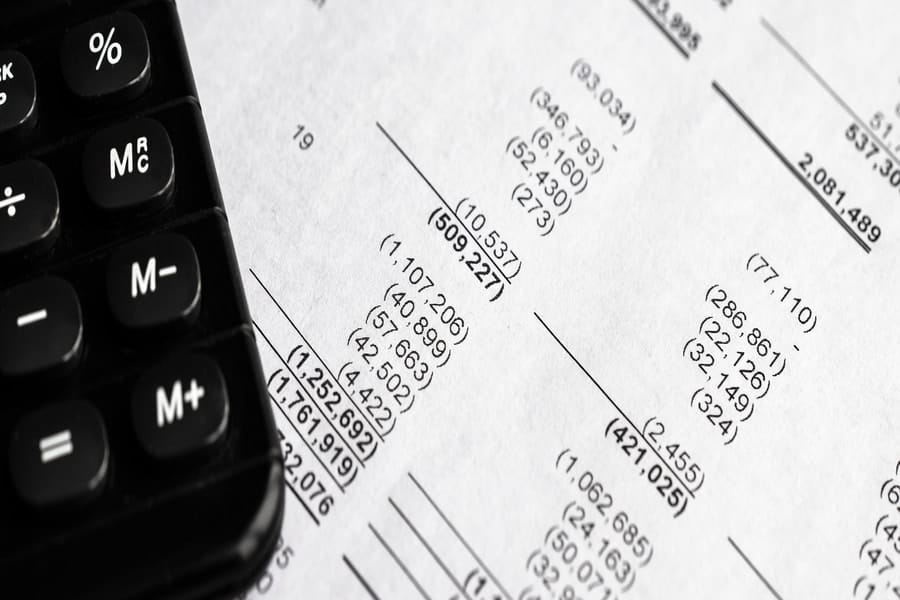What are Collection Letters Direct Mail? 5 Steps to Automating Collection Letters
If you have a large debt and receive collection letters in the mail, you may wonder: what are collection letters in direct mail? It is a form that reminds you of your debts and demands payment. Here’s what you need to know. Listed below are the main types of collection letters. In each one, a debt collector must address the problem and explain why they are contacting you. The letter should also include proof of debt, if available, by referring to your contracts or agreements. It should also include the amount of money owed, original due date, interest, and additional fees if any. In some cases, debt collectors may have multiple accounts and will need to send you a separate letter for each.
(Looking for outsourced printing and mailing services? Contact us today!)

Automated direct mail
If you’re looking for a way to segment your direct mailing list, automating your letter marketing campaigns may be the solution you’re looking for. These automated campaigns can be used to target specific zip codes and scale your outreach using agent-branded postcards. The benefits of automated direct mail include a higher response rate and better client engagement. To learn how to create and personalize your automated letters, read on. Here are five steps to automating your collection letters:
Reminder debt collection letter
Reminder debt collection letters are legal documents that remind people to pay their past-due debt. They are written to convince an unwilling client to pay. They should not harass the client by threatening to file for bankruptcy, but instead, they should help the client understand the repercussions of late payments. These letters can build a solid relationship between the collector and the customer, and increase customer loyalty. If you are wondering whether these letters are legal, read on to discover the benefits of sending reminder debt collection letters.
Demand letter
A demand letter is a written communication from a creditor demanding payment for past-due accounts. It may have a formal tone depending on the relationship between the creditor and the debtor. It should always contain the date, name of the person speaking, and nature of the conversation. It is wise to print a copy of this correspondence for proof of delivery. If the debtor does not respond to the demand letter, he can use it as evidence in court.
Series of collection letters
The first and second collection letters are used to get feedback from customers. The third collection letter is the last attempt to convince the customer to pay the debt. It is usually sent around 60 days after the initial due date. These letters have a different tone than the first two. While they are firmer, they will still be friendly and professional. Here are tips for successful series of collection letters. Use these guidelines to get the best response from your customers.
Costs of sending collection letters direct mail
The costs of sending collection letters by direct mail vary widely. The size of the letter will often determine how much you pay. For example, smaller letters cost less than larger ones. Postage also varies depending on the weight and size. A postcard costs less to mail than a large envelope. Mailing a tri-fold letter will cost more because it must be addressed on the center panel. There are also different postage rates for postcards and catalogs.

